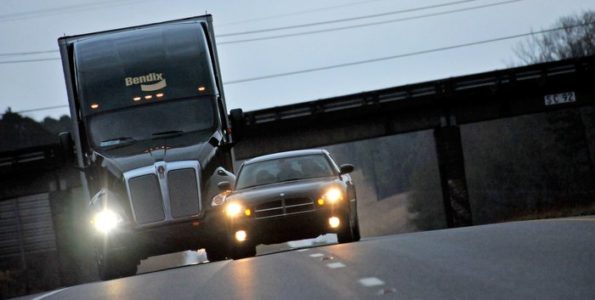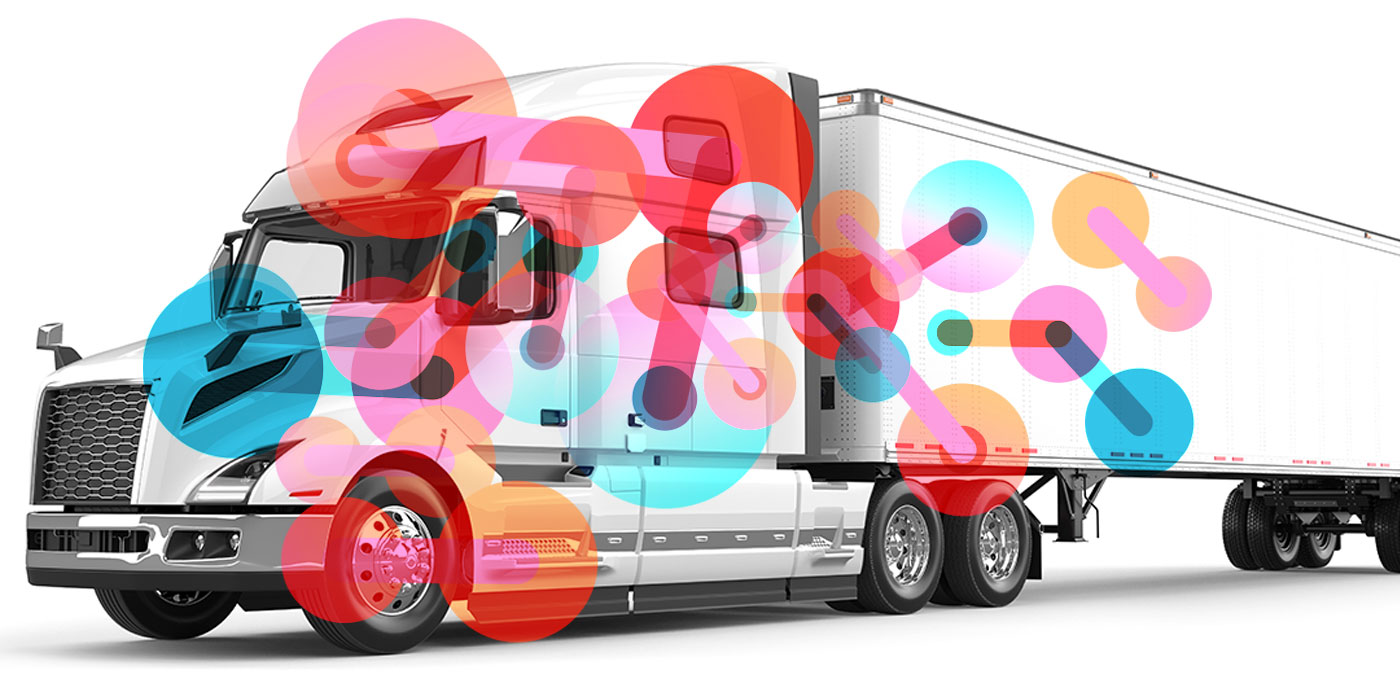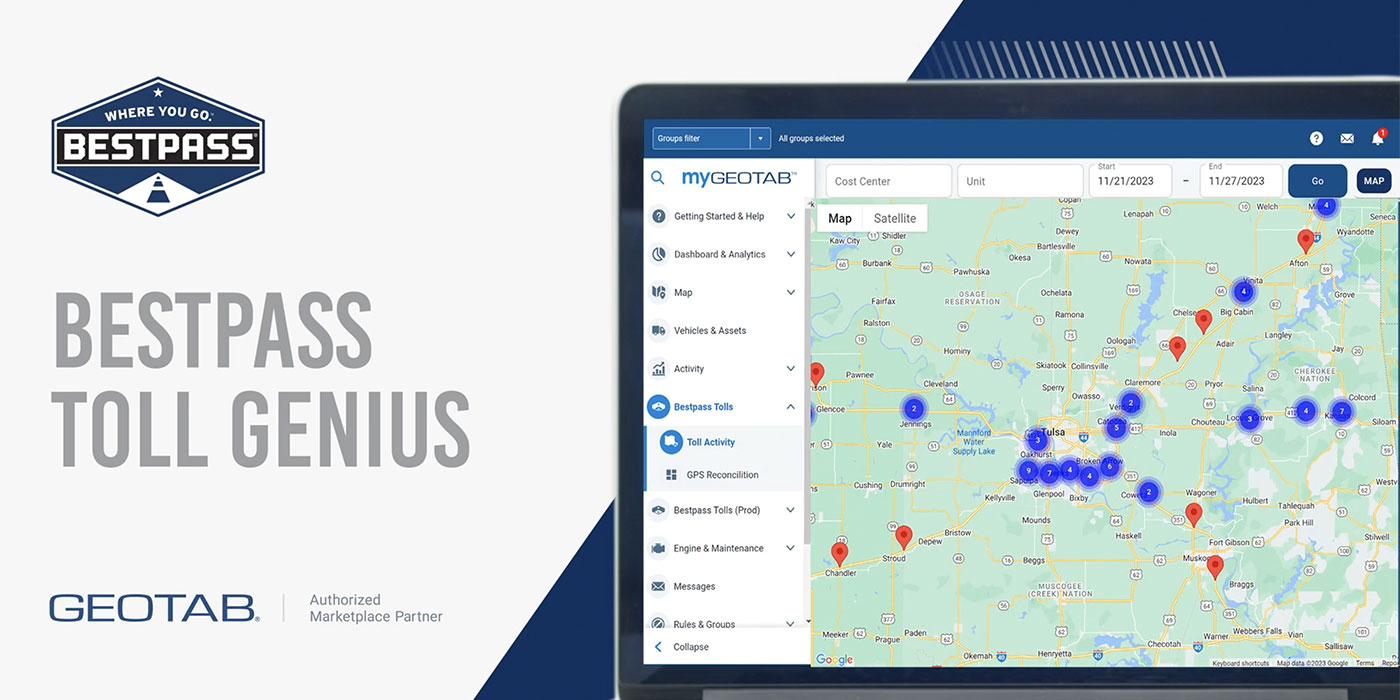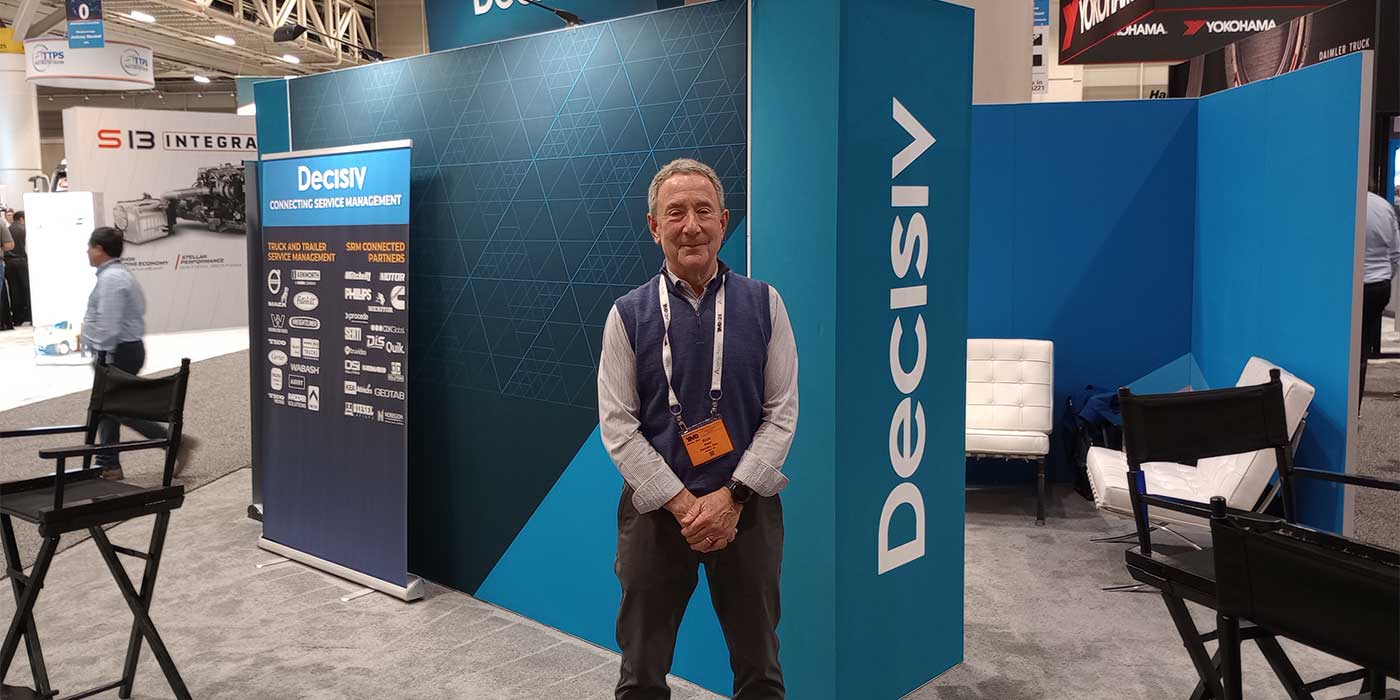The truck technology conversation has shifted. No longer are we asking if automated trucks are possible or even speculating as to when it will happen. The primary question being asked today is: “What are the advanced driver systems that need to be developed and proven to make automated trucks a reality?”
Every OEM, supplier and component manufacturer has a different answer. Some will point to the continued advancement of collision mitigation and braking systems while others will point to increased intelligence within the engines and transmissions, and then there are the software systems that will tie it all together. Regardless of the focus, the answer lies in the continued integration of not only the truck’s components, but of the industry itself.
“When we think about expertise, you look at some of the startup companies that are working in the [automated] field. Otto—they have one focus: an autonomous truck. Peloton—they have one focus: platooning. Bendix’s focus is braking, collision mitigation and safety systems overall,” said Fred Andersky, director of customer solutions—controls for Bendix (pictured above). “The value that we bring to the table is that the engine manufacturers, for example, aren’t focused on [braking]. We become that subject matter expert who can help support continued technology advancement.”
Andersky went on to explain that the road to a fully automated truck will be paved by the ever-evolving iterations of technology that is already in its first form on today’s roads.
Take collision mitigation systems, for example. Bendix’s Wingman Advanced, which only used radar-based technology, was only able to scrub off up to 18 to 25 MPH in an automated braking situation. The second evolution of that system, Wingman Fusion, can scrub off 35 to 38 MPH and brake on a stationary vehicle. Fusion incorporates radar and camera technology. It also includes speed sign recognition, which will warn the driver if the truck is moving 5 MPH above the speed limit or even implement a one-second dethrottle if the driver ignores the warning and is moving 10 MPH above the speed limit. The next generation of those systems will offer even more advanced features.
“You’ll start to see new relationships forming between suppliers, OEMs and fleets to figure out how to achieve improved fuel economy,” predicted Larry Bennett, Eaton’s director of engineering, technology and innovation. “There’s going to be constant communication to help the truck make an intelligent decision about how to operate in the next 10 seconds, the next 30 seconds and even further down the road—augmenting its route to improve fuel economy.”
Bennett explained how Eaton’s transmissions can evolve to help spur advanced truck technology development.
“We see the transmission as being ideally located on the vehicle to help manage the electrical power on the vehicle,” Eaton’s Bennet said. “We see the starter and the generator being removed from the engine and mounted on the transmission, potentially through a PTO or at the back of power shafts. This allows electrical power to be generated while the vehicle’s going down the road, just like it was on the engine. But with technologies such as engine-off coasting, you can shut down the engine and the transmission stops spinning, but the rear wheels through the rear case can continue to drive the alternator and provide the electrical power needed, like the engine off coasting operation.”
Bennett said that this would help make 48-volt electrical systems a reality, which is more efficient in drive non-propulsion components electrically. This is just one answer to the following question that Eaton continually asks to drive its product development: How can the transmission, being centrally located, allow us or the OEM continue to build toward greater autonomy?
“The answer,” Bennett said, “is to have our intelligent products be able to communicate with the other system so that we can respond to the type of system architecture others develop.”














